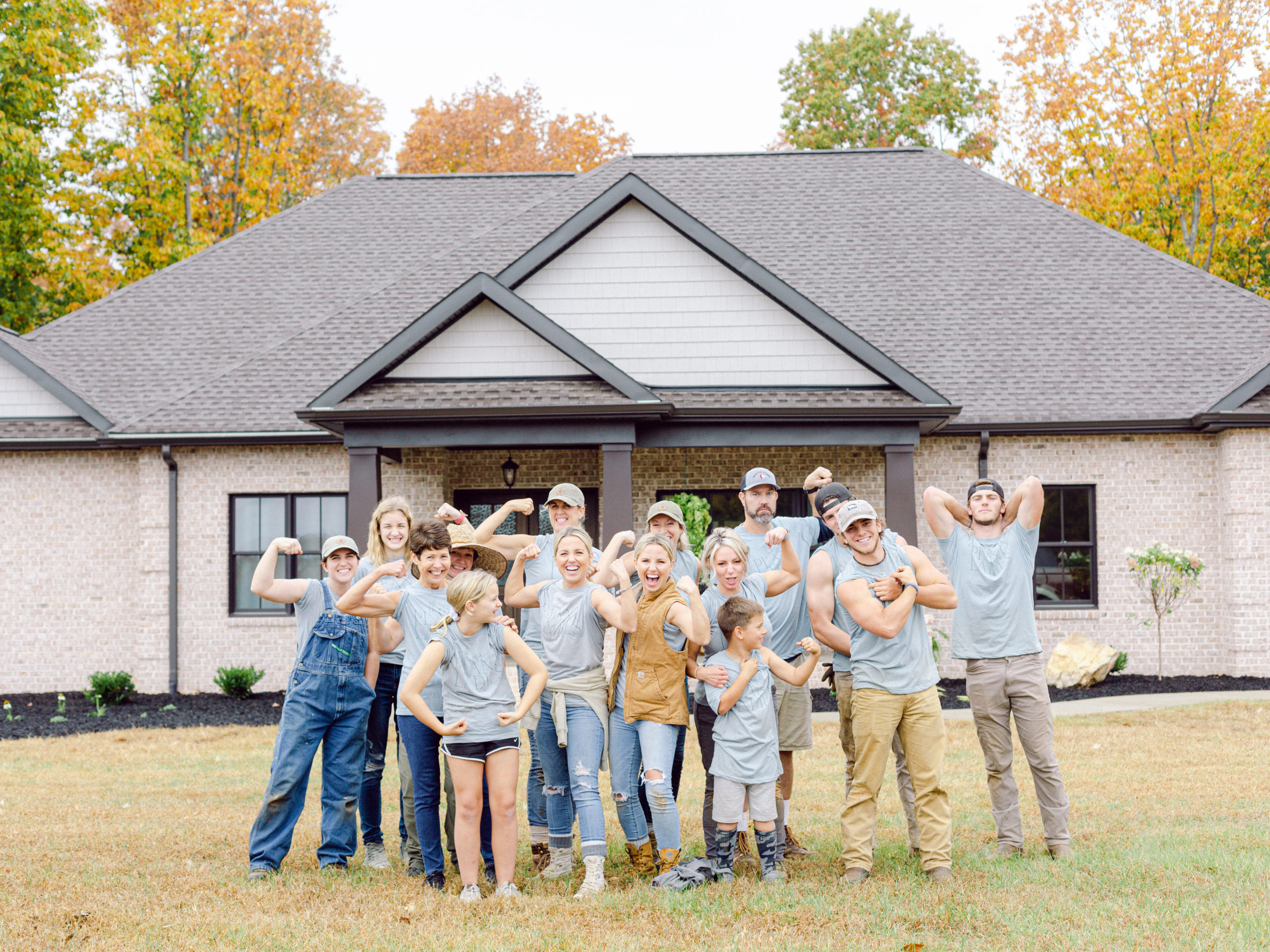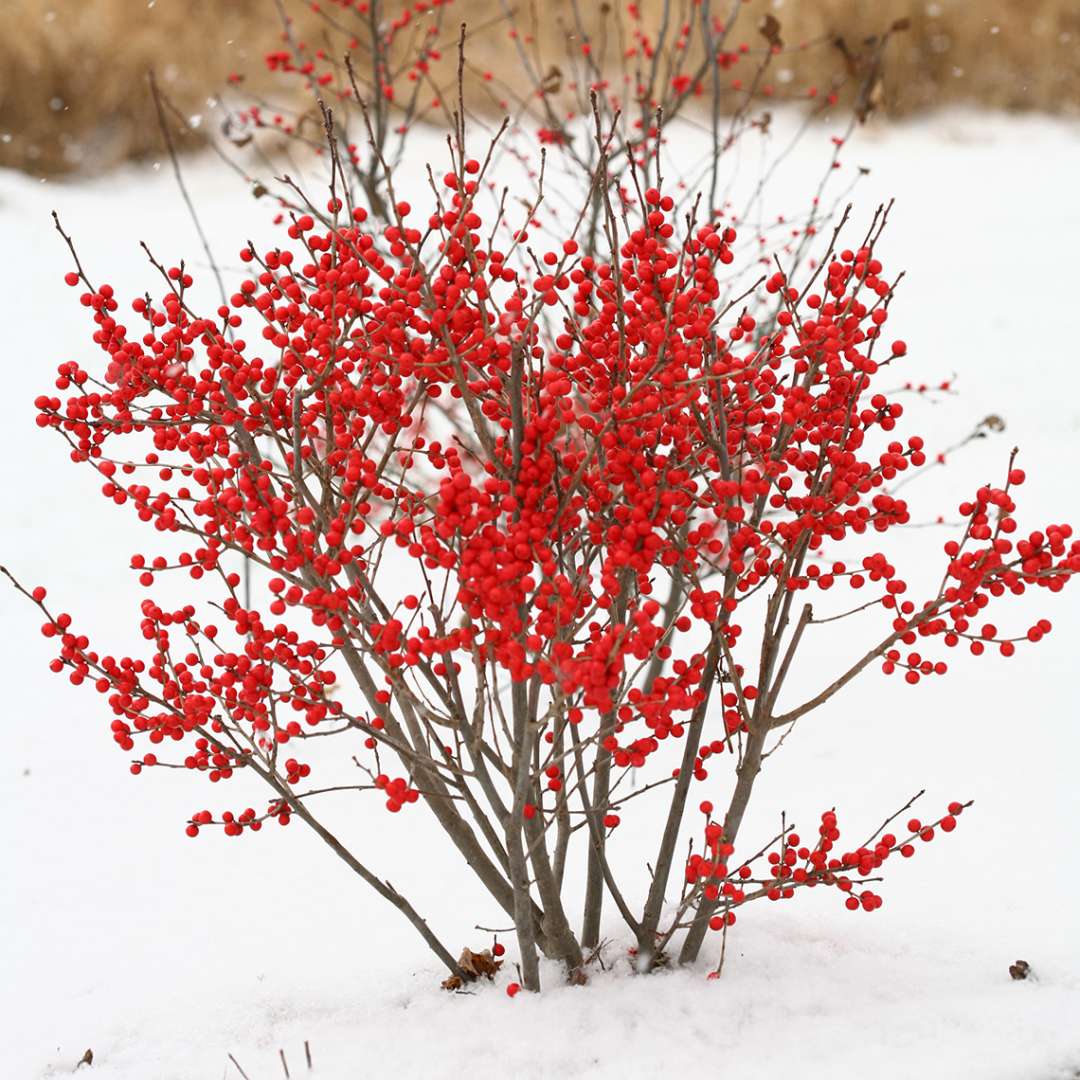September 2021

As the last days of summer are passing us by and the cooler days of fall are just around the corner, we are grasping for the final beautiful blooms of the year. One of our very favorite late season bloomers is goldenrod, Solidago rugosa. Goldenrod is most commonly seen as a tall and scraggly, but stunningly yellow wildflower. You can often find Goldenrod along the roadside, in abandoned fields, and along park edges. However, planting breeders have worked hard to create some amazing new varieties that allow us to bring those show-stopping yellow blooms into our yards and landscapes to create a late-season pollinator paradise! One of the most common varieties is ‘Fireworks’.



There are three things we LOVE about goldenrod. First, those long, gorgeous, yellow blooms, of course. The stems of these plants are very tough and, when in full sun, stay upright and resist the urge to flop like a lot of perennials. When it’s time for the blooms to show off, they just pour out from the tops of stems in these long, cascading ribbons of bright yellow. It is a display like none other.

We also love how much the pollinators love these flowers. On the warm late summer and early fall days, you’ll find every pollinator you could want on these guys – bumblebees, butterflies, moths, tiny native bees, hover flies and more. Since these are taller perennials, they really make a great backdrop to deeper perennial beds with shorter perennials layered in front. Arranging your goldenrod towards the back of your beds will allow you to attract and support those pollinators while still keeping them back from your patios and sidewalks.


Finally, goldenrod is super low-maintenance. If you choose to plant goldenrod, be generous with your spacing as they will expand and thicken up on their own. They readily spread in a flower bed but aren’t so aggressive that they can’t be controlled or overtake other plants. Goldenrod needs very little clipping and cutting unlike many perennials. They don’t need to be cut back before blooming and they really don’t need deadheading to keep from looking terrible like a black-eyed Susan or coneflower. You can even leave them standing through the winter for architectural structure and just cut them back when new growth begins at the base in the spring or just cut them to the ground in the late fall after blooming.

Check out all the specs for ‘Fireworks’ Goldenrod here:
- Light requirements: full sun
- Water: water through establishment; avoid overwatering; plants prefer well-drained soil and can tolerate drought
- Hardiness zone: 4-9
- Bloom time: August through October
Does this post have you thinking about how much this looks like ragweed? Visit us on Instagram and check out our highlight bubble on “Featured Plant” to learn more about the difference between ragweed and goldenrod! They have similarities but definitely aren’t the same!





